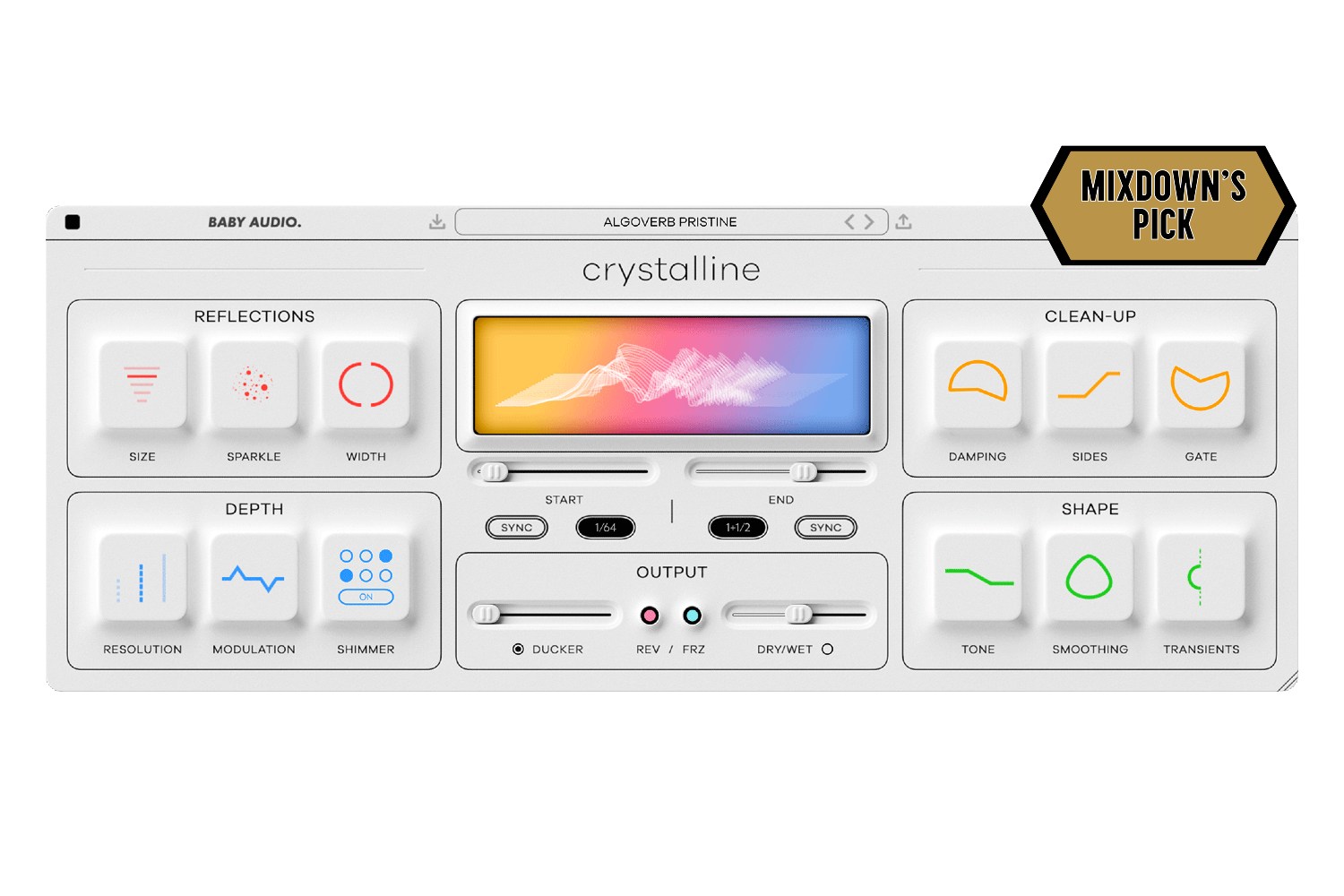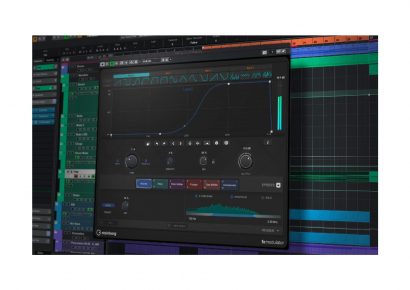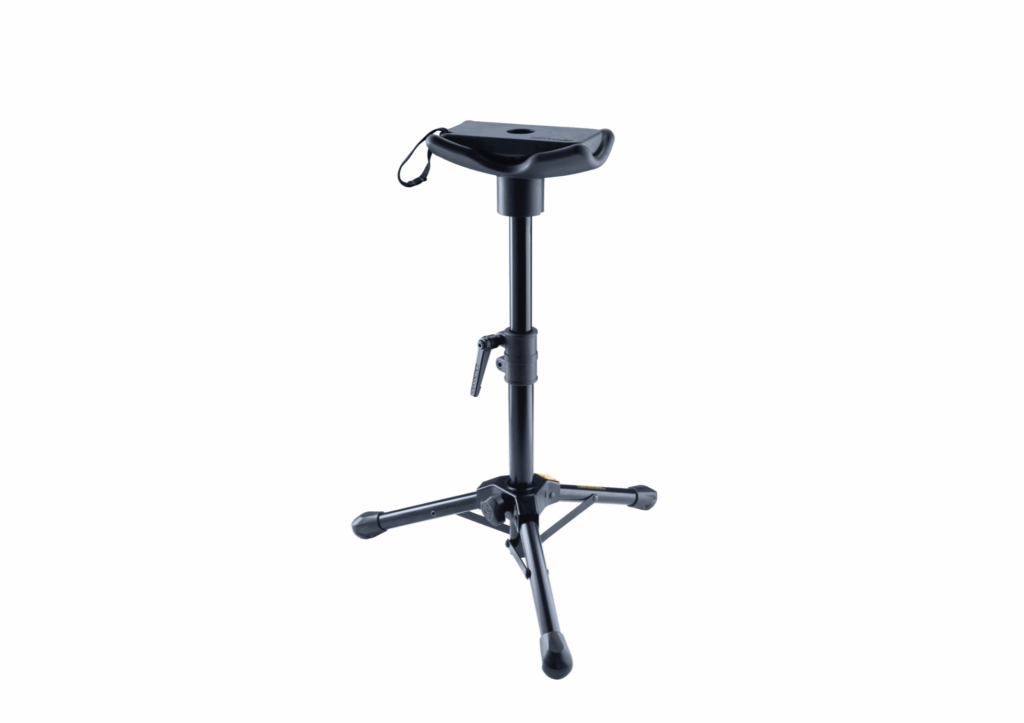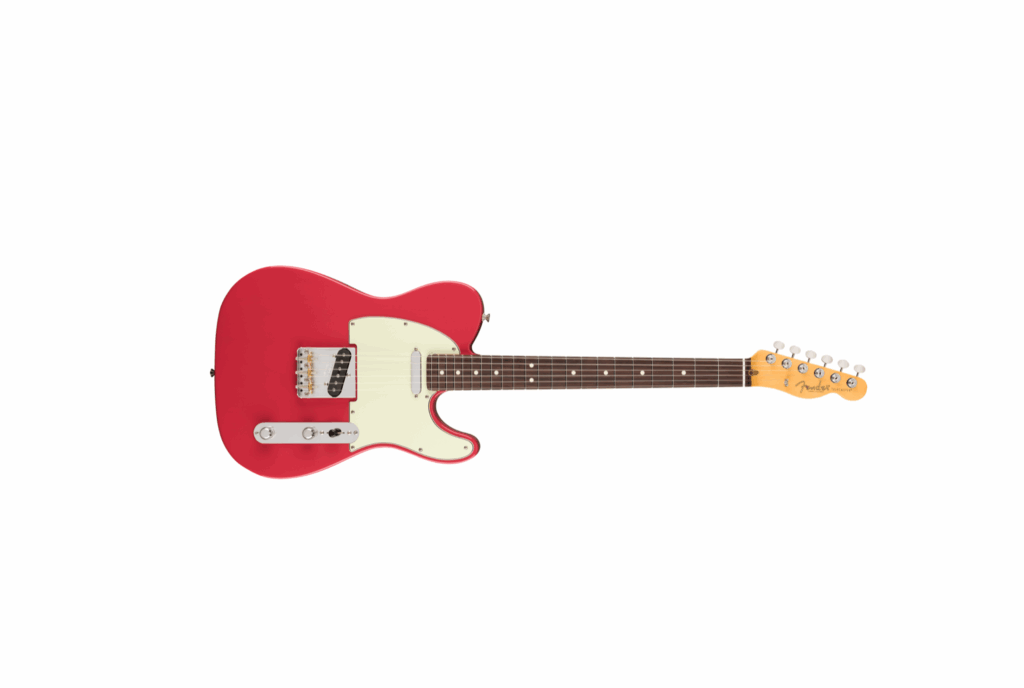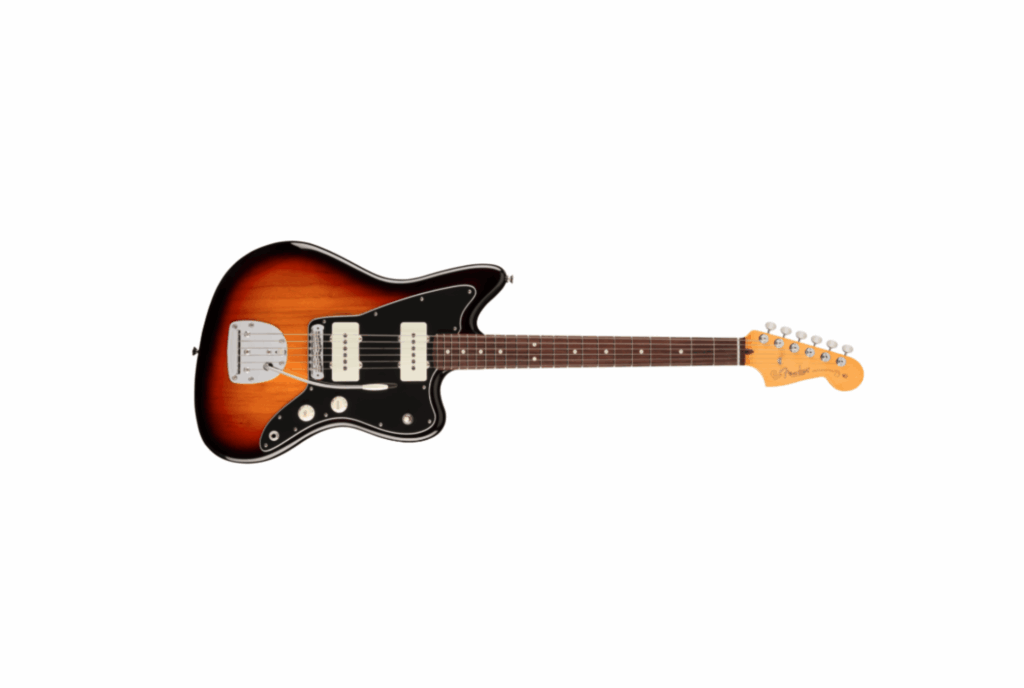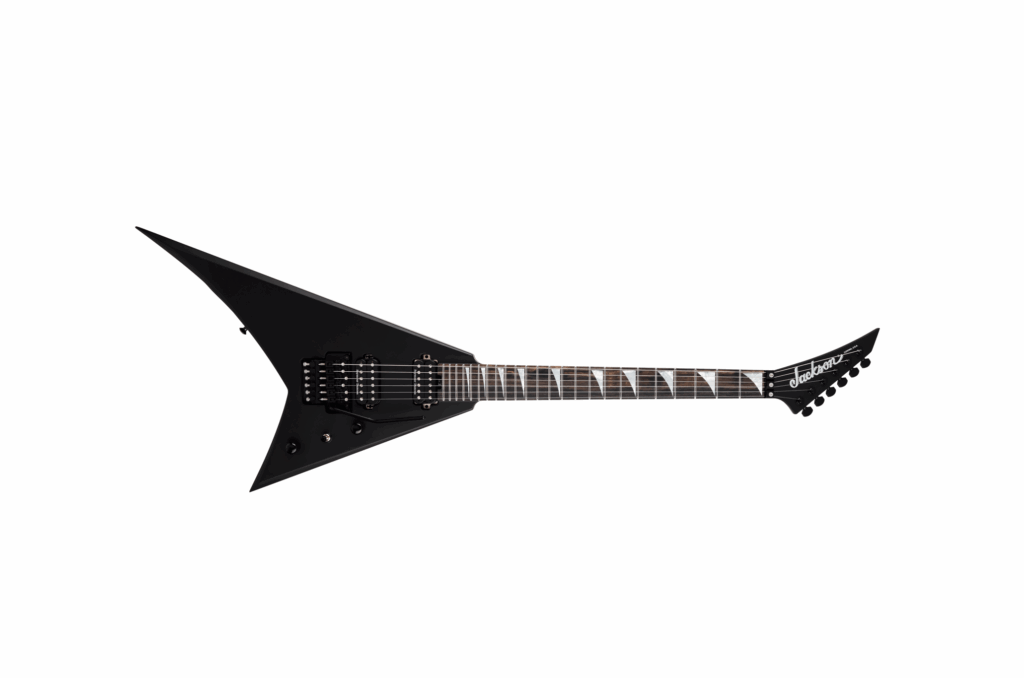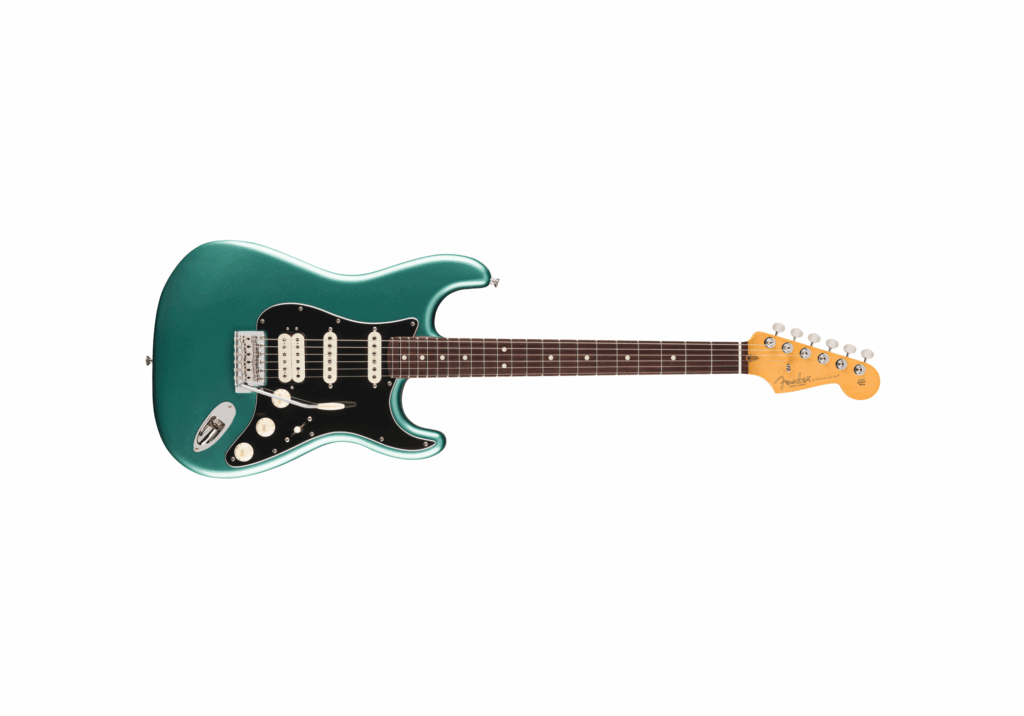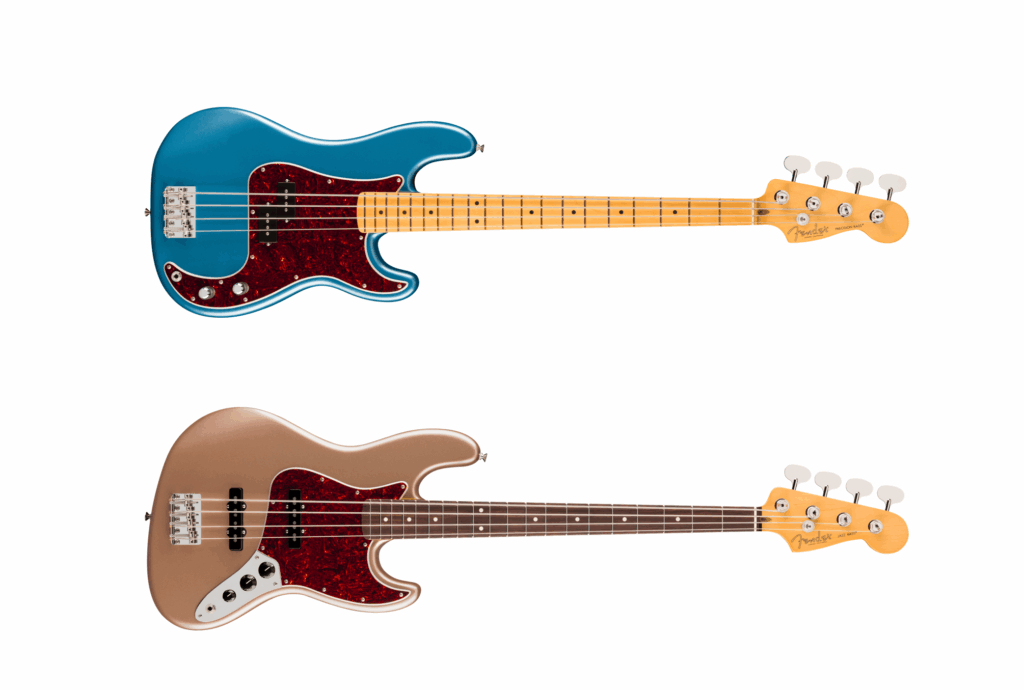Baby Audio | Enquire for pricing
Do you have plugin fatigue yet? Is there even such a thing?
With the plugin market almost reaching the point of total saturation (pun absolutely intended) and with so many new products entering the market, many promising a slew of new and novel features only to deliver the same digital appropriation of a familiar layout from 50 years ago, it’s rare to find a plugin that genuinely brings something new to the table, both in sound and in workflow.
Catch up on all the latest music gear reviews here.
It is in the face of this market of abundance that Baby Audio have made a name for themselves, eschewing the status quo in favour of modernity and practicality – continually popping up with new and genuinely cutting edge effects that both liberate and inspire with their ease of use, while making no compromises with what’s going on under the hood.
Their most recent plugins have been rooted firmly in the world of advanced equations, most notably their TAIP (a saturation plugin that leant on world first AI algorithm to map and replicate famous tape saturation sounds), and now we have the awesome new Crystalline Algorithmic Reverb.
If this is your first time encountering the term ‘algorithmic reverb’, don’t be alarmed. Nobody is going to make you crack out the graphics calculator here. Put simply, an algorithmic reverb simply uses mathematical formulas to simulate different room sizes and reflective qualities as opposed to other spatial or hardware modelling.
But don’t think for a second that the complexity of its engine means that Crystalline is anything less than extremely user friendly. On the contrary, Crystalline is an algorithmic reverb that delivers expert functionality in an effortlessly simple package, allowing you to achieve a cutting-edge sound as easily and intuitively as possible. Baby Audio, a company who has built a reputation in part for their user-centric plugin design, have delivered absolute gold with the GUI here, with Crystalline proving a total reimagining of the traditionally convoluted (ha) layout of a reverb.
Using Crystalline is so intuitive that writing a user manual for it would be pointless. The simple grouping of Crystalline’s controls into four categories, (Reflections, Depth, Clean-Up, Shape) not only keeps the UI looking neat, but also gives context to the controls within each grouping. A visual cue for each control lets you visualise the current setting of the control, instead of just telling you a number value. A quick glance lets you visualise how your reverb will sound, taking the guesswork out when dialling in your ideal settings.
Nestled in these sensible subdivisions are numerous cutting-edge features, sitting humbly alongside more traditional controls without much ado, as if to beg the question of why such features aren’t yet considered standard in a reverb. Take for example the ducker function, which ducks the reverb signal while the original signal is still playing, preventing the reverb from clouding what may be an already busy mix. This is the kind of thing that savvy mixers used to make entire YouTube videos about with titles like “This Simple Reverb Hack Will Change Your Life”, but now instead of having to set-up a compressor with a sidechain to achieve this, you can just use Crystalline.
You can adjust the size of the reverb in the Reflections section, with the option to add additional high end sizzle with a Sparkle control, and control the stereo image of the reverb with the Width control. The Depth section allows the user to set the complexity of the reverb’s algorithm, the amount of modulation, and additional high-end shimmer.
The Sides function in the Clean-Up section allows you to apply an adjustable high pass filter on the Side channel of a Mid-Side split, allowing you to add reverb to low-frequency sounds without your mix losing energy or precision. Beside this, a Damping control applies high and low pass filters to taste – no more inserting additional filter plugins to get your Abbey Road Reverb trick up and running (again, why isn’t this standard yet!?). Baby Audio have even thrown in a gate control for all your Phil Collins gated snare needs.
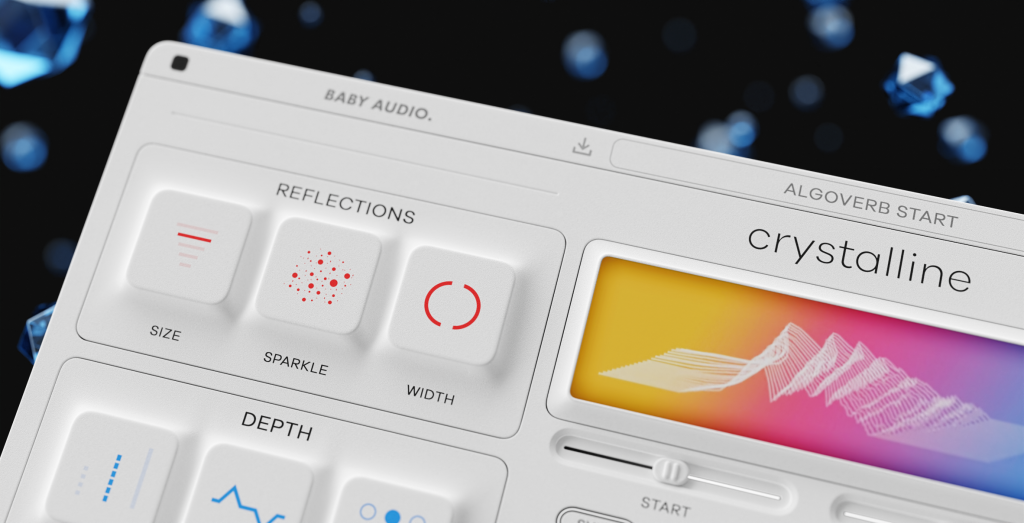
Below a central graphic panel showing a 3D representation of the processed signal are two sliders labelled Start and End which control the reverb’s pre delay and decay time respectively. The End control operates independently to the Size function, giving you the ability to create huge reverbs with short decay tails, or vice versa. Crystalline syncs to your DAWs current tempo: with the sync function engaged you can control the reverb timing proportionately to bar length, instead of in arbitrary milliseconds. This is super useful for mixing rhythm-based music, and facilitates the use of reverb as a creative tool. This is the kind of feature that seems so obvious in hindsight that makes you wonder why it isn’t standard practice to include.
A control labelled Smoothing attenuates harsh frequencies in the reverb, allowing you to control how subtle the reverb sounds. Next to this, a Tone control applies a tilt EQ to gradually shift between a brighter and darker reverb. The Transients control lets you slide between putting emphasis on the attack or sustain, fantastic for fine-tuning reverbs on percussion or transient-heavy instruments.
Freeze and reverse functions give additional options for designing creative reverbs, and you can even flip between light grey and brushed carbon colour schemes to match your DAW or mood. Crystalline is also chock-full of presets for just about every application, flicking through these will give you a crash course in the sheer sonic possibilities of the plugin.
Baby Audio’s Crystalline is more than just a supremely versatile reverb, it is a paragon of plugin design representing a new era of user friendly interfaces. The lack of physical constraints when designing a plugin opens up a whole world for interface design beyond emulating existing hardware units, something that few plugin manufacturers have dared to explore. By taking user experience as seriously as the actual plugin technology, Baby Audio continues their trend of creating plugins that make your mixing experience easier and more enjoyable.
Head to Baby Audio for more information.
